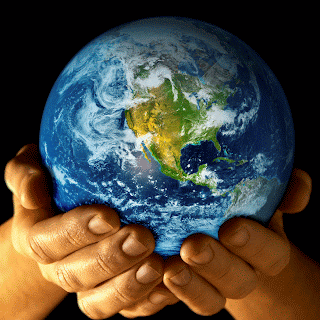So I’m sure you’ve heard about this fad called ‘twerking’ in
some form or another. If not, just Google it and you will come across things
like Miley Cyrus’2013 VMA performance as well as a variety of Vines and YouTube
videos.
One of these videos will fall under the title, “Worst Twerk
Fail Ever- Girl Catches Fire!”
 So in case you haven’t seen the video, I’ll give you a short
review. Basically what happens is this girl named Caitlin Heller is in a room
dancing to some hip-hop music. She then goes into a handstand position in order
to twerk upside-down against the door of this room. In the shot, viewers are
able to see that her glass coffee table has four candles on it.
So in case you haven’t seen the video, I’ll give you a short
review. Basically what happens is this girl named Caitlin Heller is in a room
dancing to some hip-hop music. She then goes into a handstand position in order
to twerk upside-down against the door of this room. In the shot, viewers are
able to see that her glass coffee table has four candles on it.
After a few seconds of twerking, another girl (presumably a
friend or sibling), opens the door. Keep in mind that Caitlin is being
supported by said door. This ultimately leads to Caitlin falling over, breaking
the glass table, and catching on fire. All this happens over a 37 second time
period.
This video clip went viral catching the attention of many
media outlets.
But on September 9, 2013, Jimmy Kimmel revealed that this
video was a hoax and that Caitlin Heller is actually a stuntwoman named Daphne
Avalon.
Along with posting the extended version of the video, Jimmy,
on his late night show, exposed many of the news and entertainment outlets that
covered this video.
Some of these outlets include, Fox 11, msnbc, CNN Live, The
Place for Politics, Global, The Talk, The View, etc.
The majority of these outlets covered this as a major news
story. After showing the clips of all the news outlets, Jimmy sarcastically
comments, “It’s a good thing nothing is happening in Syria right now.”
For those of you unaware of what has been taking place in
Syria, here’s a brief overview.
Over the past two years the country has been in a civil war
between the Ba’ath government and the rebels. This war has had and continues to
have sickening amounts of casualties. According to the United Nations, in June
2013 the casualties surpassed 100,000.
In addition to the deaths, it is alleged that tens of
thousands of protesters have been detained and are victims of severe torture.
On August 21, 2013,
the Syrian Government was accused of using chemical warfare on suburbs east of
Damascus. These suburbs were hit with rockets containing sarin. This chemical
is lethal and causes lung paralysis (leading to suffocation within 1 minute of
ingestion). It is a nerve agent and even those who don’t get a lethal dose are
victim to permanent neurological damage.
It is estimated that over 1,000 people were killed in this
attack.
The government denies these claims which have left
international intervention virtually at a standstill due to the lack of
evidence.
By September 2013, the death toll had reached roughly
120,000.
The thing that really gets me is that between June 2013 and
September 2013, two events were getting media coverage. A twerking teenager
(that happened to be fake!) and the loss of roughly 20,000 more lives in Syria.
With so many things going on in the world right now, are you
shocked that these pieces of media were able to make it on the same news
outlets and receive similar coverage? My answer to this would be, shocked? No. Am
I saddened? Yes.
I think it really shows what a great majority of people believe
is important.
That is to say, I don’t blame the news and entertainment
outlets for this because they simply provide the public with what we want to
hear and/or see. We are the ones that decide what takes priority.
Image from Google
Syria facts:
















